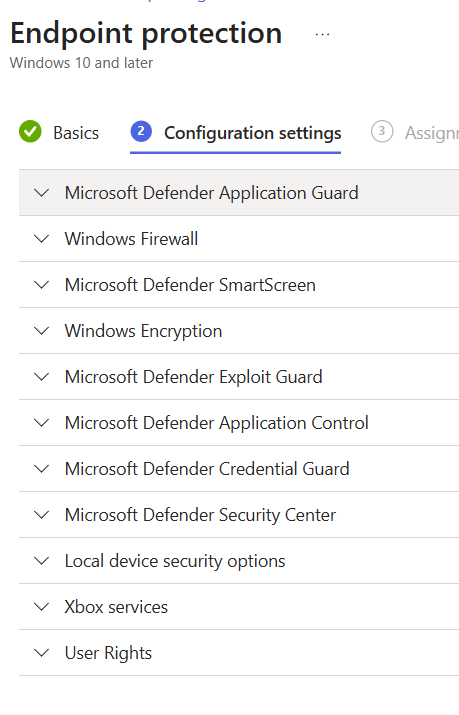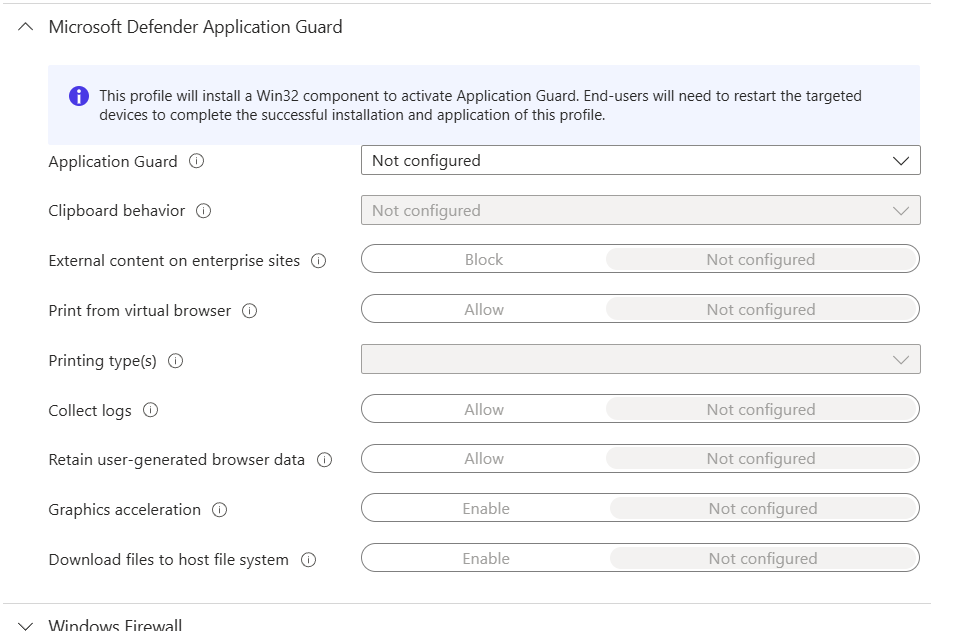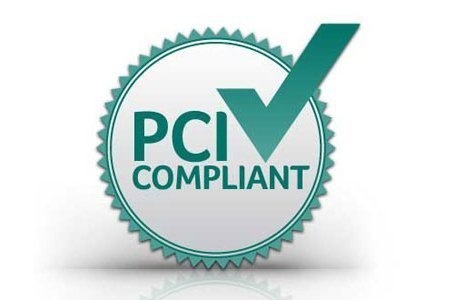Crane Time: Rigging Your Digital Infrastructure for Maximum Operational Lift
Just as crane operations require precise rigging calculations and systematic safety protocols, enterprise digital infrastructure demands strategic planning and methodical implementation. The parallels between heavy lifting operations and technology deployment are more than metaphorical – both require careful load distribution, redundant safety systems, and proactive maintenance protocols.
The Foundation: Understanding Your Load Requirements

The global mobile device management market size was estimated at USD 12.15 billion in 2024 and is projected to reach USD 81.72 billion by 2032, growing at a CAGR of 26.5%.
This explosive growth reflects what every operations manager already knows: you can’t efficiently run complex projects without proper equipment management.
In crane operations, we calculate load charts, verify ground conditions, and establish clear communication protocols before any lift begins. Digital infrastructure deployment follows the same principle.
PwC’s 2025 Global Digital Trust Insights survey of 4,042 business and technology executives revealed that only 2% of organizations have implemented cyber resilience actions across all operational areas. Most companies are attempting complex digital lifts without proper rigging.
Systematic Deployment: The Critical Path Method
Modern enterprise software deployment mirrors crane assembly procedures – you build from the foundation up, test each component, and verify load capacity before adding complexity.
Cloud-first deployment models deliver 40% lower total cost of ownership than on-premise alternatives, much like mobile crane configurations often provide more flexibility than fixed installations for multi-site operations.
The key operational insight applies equally to both domains: redundancy prevents catastrophic failure.
Organizations using security behavior and culture programs combined with generative AI integration are projected to experience 40% fewer employee-driven cybersecurity incidents by 2026.
Load Management: Security as Operational Safety
Every crane operator understands that safety systems aren’t optional equipment – they’re fundamental operational requirements. Digital security follows identical principles.
The total number of Common Vulnerabilities and Exposures (CVEs) increased by 30% from 2023 to 2024, demonstrating that threat environments evolve as rapidly as construction site conditions.
Verizon’s 2024 Data Breach Investigations Report found that 68% of all breaches involved a nonmalicious human element. In crane terms, this represents operator error rather than equipment failure. Training, clear procedures, and proper communication protocols address both digital and mechanical operational risks.

Equipment Standardization: The Microsoft Ecosystem Advantage
Standardizing on proven equipment reduces training requirements, maintenance complexity, and operational risk.
Organizations use an average of 45 cybersecurity tools, creating complexity that often undermines effectiveness. This is like running a mixed fleet of cranes where each one has its own quirks, parts, and maintenance headaches.
Leveraging Microsoft Intune allows IT resources to shift from routine device management to strategic business application development. Smaller teams can now support more sophisticated operations than ever before.
Preventive Maintenance: Proactive Technology Management
Crane operations depend on scheduled maintenance, regular inspections, and pre-failure component replacement. Digital infrastructure requires the same mindset.
Eliminating conflicting systems – like removing consumer-grade antivirus in favor of enterprise security – parallels replacing unreliable equipment with proven operational tools.

When your digital tools work seamlessly, your team can concentrate on core business objectives instead of troubleshooting constant breakdowns.
The Operational Advantage
Companies that approach digital infrastructure with the same systematic rigor as heavy equipment operations consistently outperform competitors who treat technology as an afterthought.
CompTIA’s 2025 State of Cybersecurity report indicates that cybersecurity must influence decision-making more heavily than in the past, just as safety considerations influence every aspect of crane operation planning.
The organizations thriving in 2025 treat digital infrastructure as mission-critical equipment that requires professional management, regular maintenance, and strategic investment.
Cutting corners digitally creates vulnerabilities just as insufficient rigging creates safety hazards.
Final Word
Modern business success depends on treating technology deployment with the same precision and systematic approach that characterizes successful heavy lifting operations.
When you rig your digital infrastructure properly, everything else becomes possible.


Leave a Comment